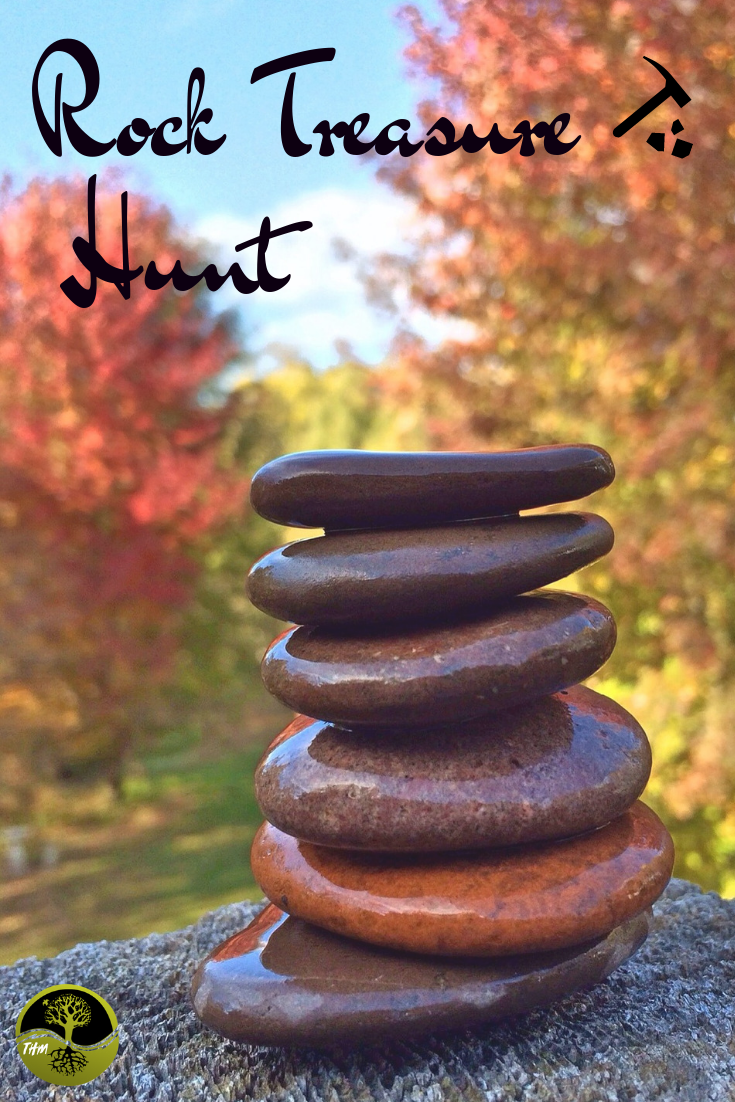


Nature scavenger hunts are one of the easiest ways to encourage your kids to play outside. As you probably know, scavenger hunts work just about anywhere. I’ve seen indoor hunts, grocery shopping hunts and even superhero hunts, but my favorite is the backyard scavenger hunt. If you don’t have a yard that lends itself well to a scavenger hunt, take a walk (or ride) to the nearest park and host your hunt there.
Following are nine simple, nature scavenger hunt ideas to try with your kids. These fun outdoor activities are simple to set up in that nature’s done most of the work for you. And what nature hasn’t done, somebody else has, so there’s really no excuse not to try these out. I’ve even created a few resources for you to download and provided links to various apps for your smartphone or other device, so check them out!
Please note, this post contains affiliate links. If you click through and make a purchase, I receive a small commission. This doesn’t cost you anything, but it makes me happy…so happy that I might even go out and hug a tree! Thanks for your support! Read my Disclaimer for additional information.
Nature Photography Scavenger Hunt
A photography scavenger hunt can be done anywhere, but one of the best ways to marry nature and technology is to host a hunt in your backyard, nearby park, or local nature center. Survey the area ahead of time and provide the hunters with a list of items to search for and photograph. Your list can be specific or more general. For instance, you may want the hunters to find a fallen leaf, berries on a tree or bush, a bird, a white flower, and an acorn. Or you may want them to find something blue, an item with smooth edges, something with a square shape, a flower with more than three petals, and a cloud with a unique shape. Be sure to take some time after the hunt to share photographs and see what everyone found.
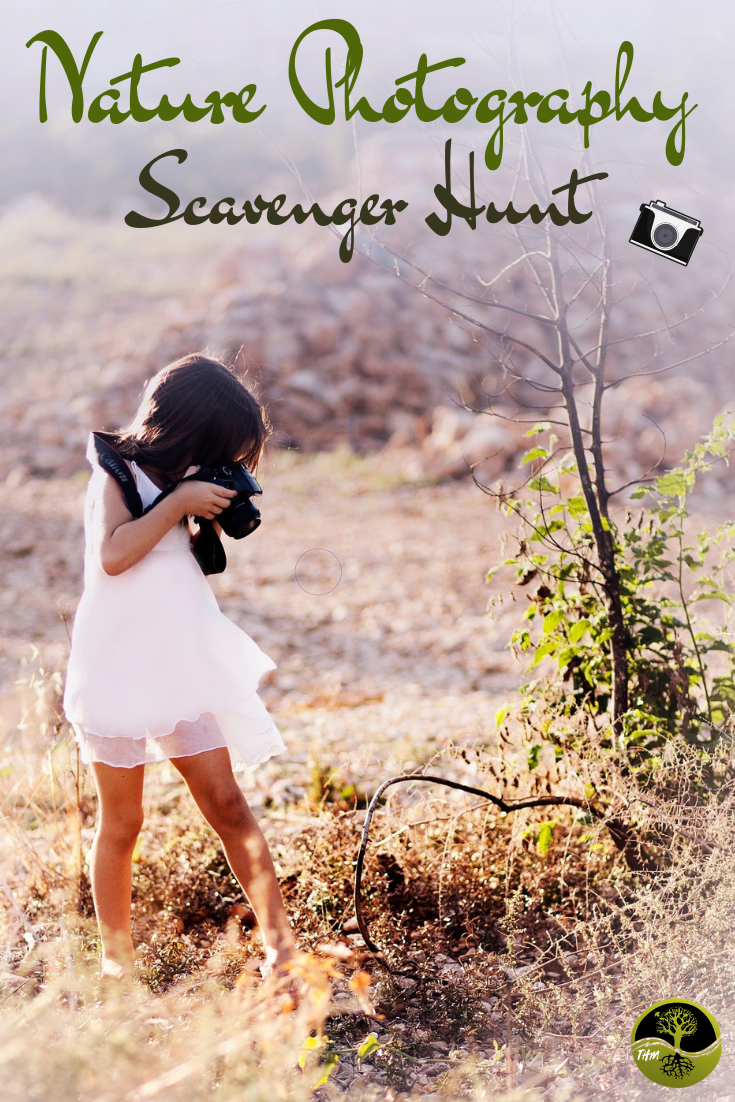

Four Sense Scavenger Hunt
Yes, there are five (some would say six) senses, but for this particular scavenger hunt, I suggest leaving out the sense of taste. You probably want to avoid the sight of your child standing in the doorway with a mouth full of mud. Instead, focus on sight, sound, touch, and smell. Although kids of all ages can participate in a four senses hunt, they are usually designed as preschool nature scavenger hunts, and are best suited for children ages three to six.
Nature's Colors or Shapes Hunt
These two hunts are perfect for younger children just learning their colors and shapes. You may be surprised to see how many shapes preschoolers can find in nature. The colors hunt is the simplest on this list, and yet very effective in teaching toddlers basic colors. You can download my version of a color hunt by clicking on the flower image. For little ones, I suggest printing and gluing or taping the list of colors to a paper bag so they can collect items and bring them back to a central meeting place to examine their findings.

Fall Leaves Scavenger Hunt
Although this hunt is seasonal in nature, it can be converted into a spring or summer activity with little additional effort. A fall leaf hunt works well with children of all ages. Once again, for younger children, try creating a list using photos or clipart, cutting it down a bit, and then taping or gluing it onto a gift bag (similar to the colors hunt above). Check Amazon or your local dollar store for inexpensive bags. The kids can use the drawings on the list to help them find similar leaves, and then collect the leaves in their bags.
For older children, a fall leaf scavenger hunt journal may be more appropriate. The journal is a step up from a normal scavenger hunt, in that the kids have to find the object and then draw or describe it in the journal. This is also a great science-related activity for school-aged children.
Animal Tracks Hunt
This nature scavenger hunt is best after a recent rain, but you can do it in the snow too. Participants will look for tracks in mud or fresh snow. It is easiest to let the kids find their own tracks rather than provide them with a list of specific tracks. However, if you’ve surveyed the area in advance (this is easier to do after a good rain than snow) and know they’ll be able to find certain tracks, a list is perfectly fine.
If the mud isn’t too fresh (don’t try this with snow), you can provide each child with a container of Plaster of Paris and encourage them to make casts of one or two prints. It takes a while for the plaster to dry, so they’ll have to come back later to extract their casts. Once they’re cleaned up a bit, they make great paperweights or Christmas ornaments.
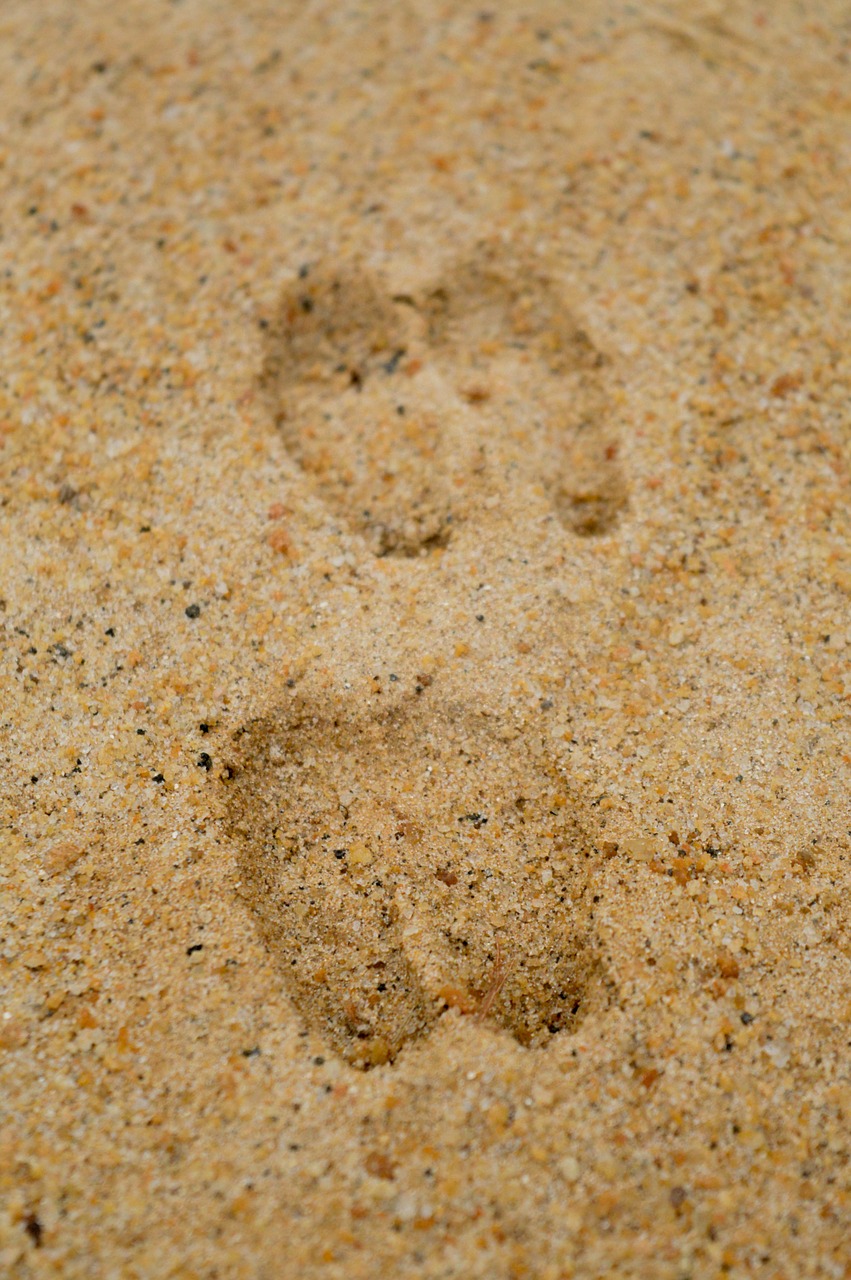
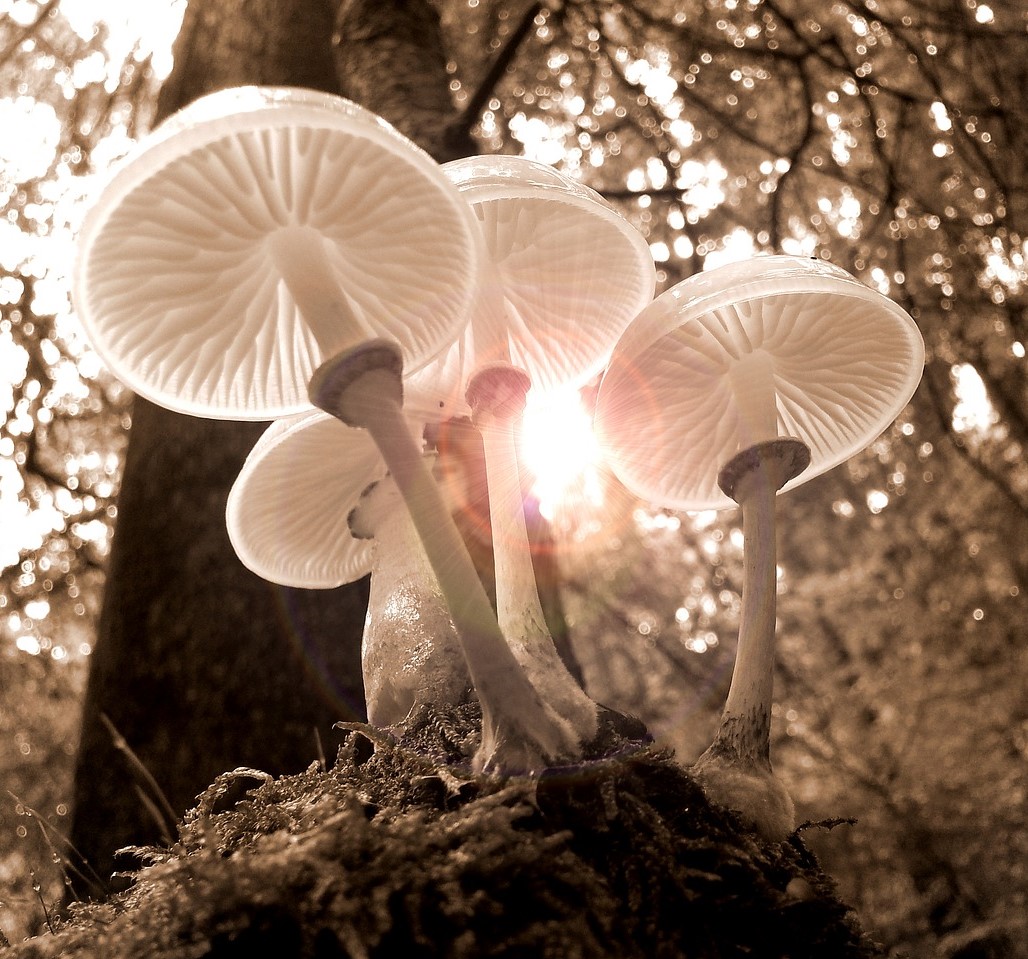
Underneath It All - Backyard Scavenger Hunt
Kids love to explore their world, and their backyard is no exception. This scavenger hunt gives them the chance to discover what lies underneath it all…under leaves, logs, rocks, and the earth itself. Provide the hunters with magnifying glasses, small shovels and a list of places to search for cool critters, plants or anything else they might find interesting. Be prepared for dirty hands and clothes if your kids choose to do some serious digging!
One important safety tip: children shouldn’t dig around in a brush pile, wood pile, or any other area that might harbor snakes or other critters that could unnecessarily surprise them. Stick to smaller areas of study, such as the ones listed below:
Under a log
Under a rock
Under a pile of leaves on the ground
Under a leaf in a tree (check the underside of the leaf)
Under bark (on a tree of the ground)
Under the edge of a concrete walkway of driveway
Under a bush
At the base of a tree
Rock Treasure Hunt
This is one of my favorite scavenger hunts. I’m a total rock hound, so I’m pretty good at identifying various rocks. However, recognizing that not everyone is into geology, I created a list of rocks for children to locate based on color, texture and shape. Don’t feel like you have to be able to specifically identify the rocks your kids find, but it you want to give it a go, check out this app. You can download my rock nature treasure hunt by clicking on the pile of rocks in the photo.
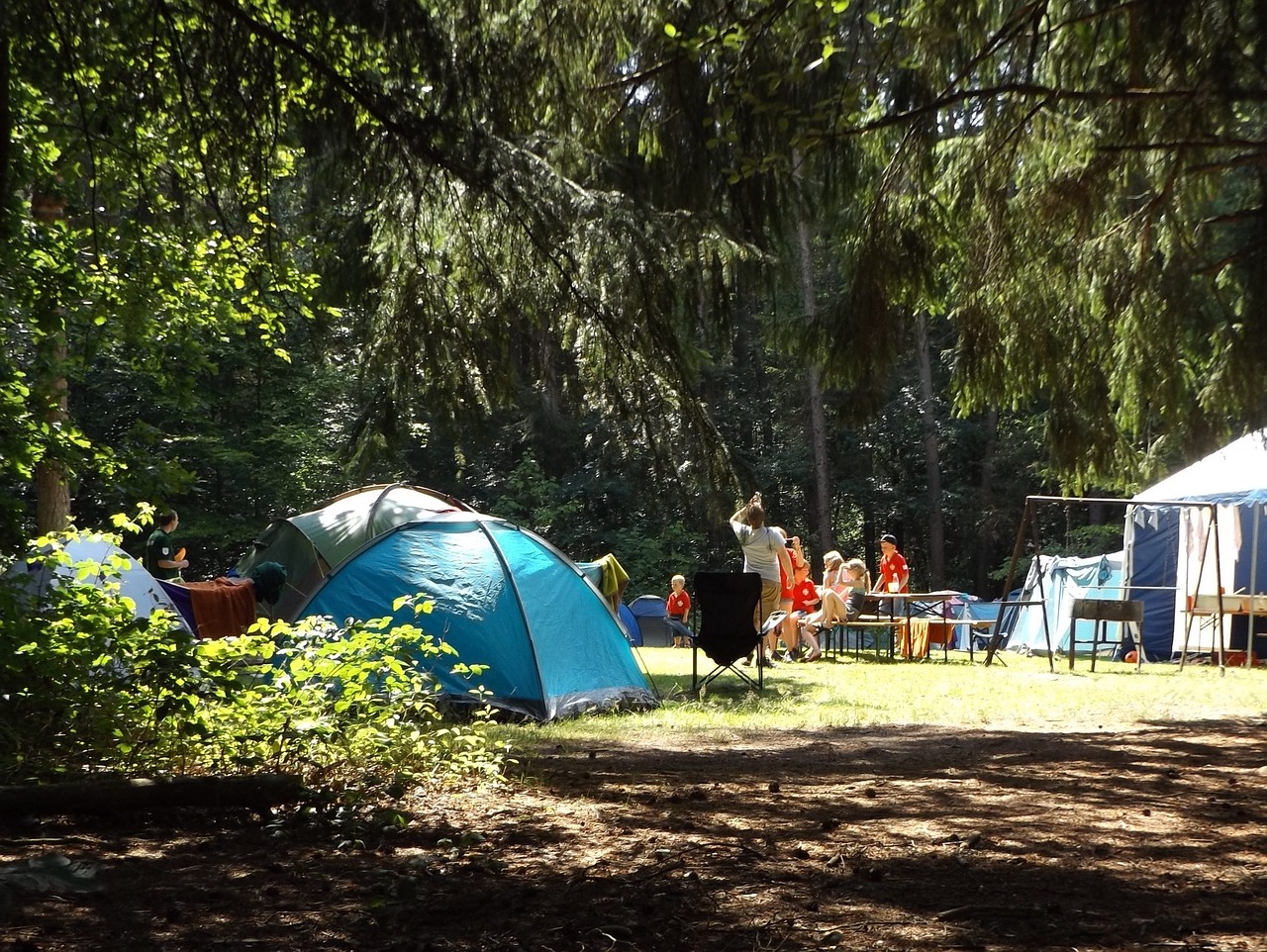
Backyard Camping and Scavenger Hunt
Everyone loves a campout in the backyard! Why not start your adventure with a camping scavenger hunt? Create a list of items your kids can find around the house to help set up their campsite. Your list might include the tent, a mallet, tent stakes, a pillow, a sleeping bag or blanket, roasting sticks, marshmallows, chocolate, graham crackers, firewood, a flashlight, and matches. Once they’ve gathered everything, it’s time to make camp!
A journal describing their backyard camping experience is a great way to keep your kids occupied without the aid of electronic devices. Bring out a few board games, practice calling owls, count fire flies, or read a book to ensure some quality time with nature. You might also consider a reverse scavenger hunt the following day when it’s time to break camp (have the kids put everything back where they found it). If you weren’t sold on scavenger hunts before, you should be now! What a great way to get the kids to do some chores, right?
Insect Scavenger Hunt
As with the rock treasure hunt, this outdoor activity doesn’t require you to be able to identify every insect in your backyard. Trust me, that would be a challenge. Scientists have identified over 900,000 species of insects around the globe, but estimates suggest there could be as many as 30 million in total. We’ve just barely scratched the surface; we are literally discovering new insect species every day. So don’t stress about each individual species your children discover. Instead, go for general identification, such as butterfly, bee, ladybug, etc.
There are hundreds of insect identification resources to help you out. Check your local library or take a look at the available apps for your phone. Be sure to search for identification materials that focus on your geographic area. For instance, we don’t have fire ants in mid-Missouri, but you can find them in southern Arkansas.
You may also want to consider investing in a bug catching kit. Most are inexpensive, and more importantly, they teach children not to harm animals (even the “creepy crawly” ones). A bug jar will allow for close observation, while also alleviating any fears associated with touching insects. The insects can then be released once the hunt has concluded. You can download one of the insect scavenger hunts I use by clicking on the picture of the monarch.
I hope this list of scavenger hunt ideas (and freebies) is helpful. They’re really simple to put together and can expand a child’s outlook on things they may not know much about, such as the common rocks found in your area. If you set up one of these scavenger hunts in your backyard, please let me know how it goes! I’d love to hear from you.
Related Articles
If you enjoyed this article, you may wish to read these as well!

Nature at Night
Years ago when I was a park naturalist, one of my favorite programs to lead was a guided night hike. I would take families out on a short trail that wound its way around a small lake fed by a natural spring. The trail was lined with trees, and the spring pool left the air feeling refreshingly cool, especially on a hot summer night in the Midwest. It was the perfect setting to perform some fun science experiments for kids – at night...

All About Spiders
Wondering how to get rid of spiders in your house? Well, if you read this article, you’ll learn about spiders in a different light. You already know where spiders live…in your home, right? Well, that’s not the only place you can find them. Keep reading…there’s a lot more to spiders than just eight legs...
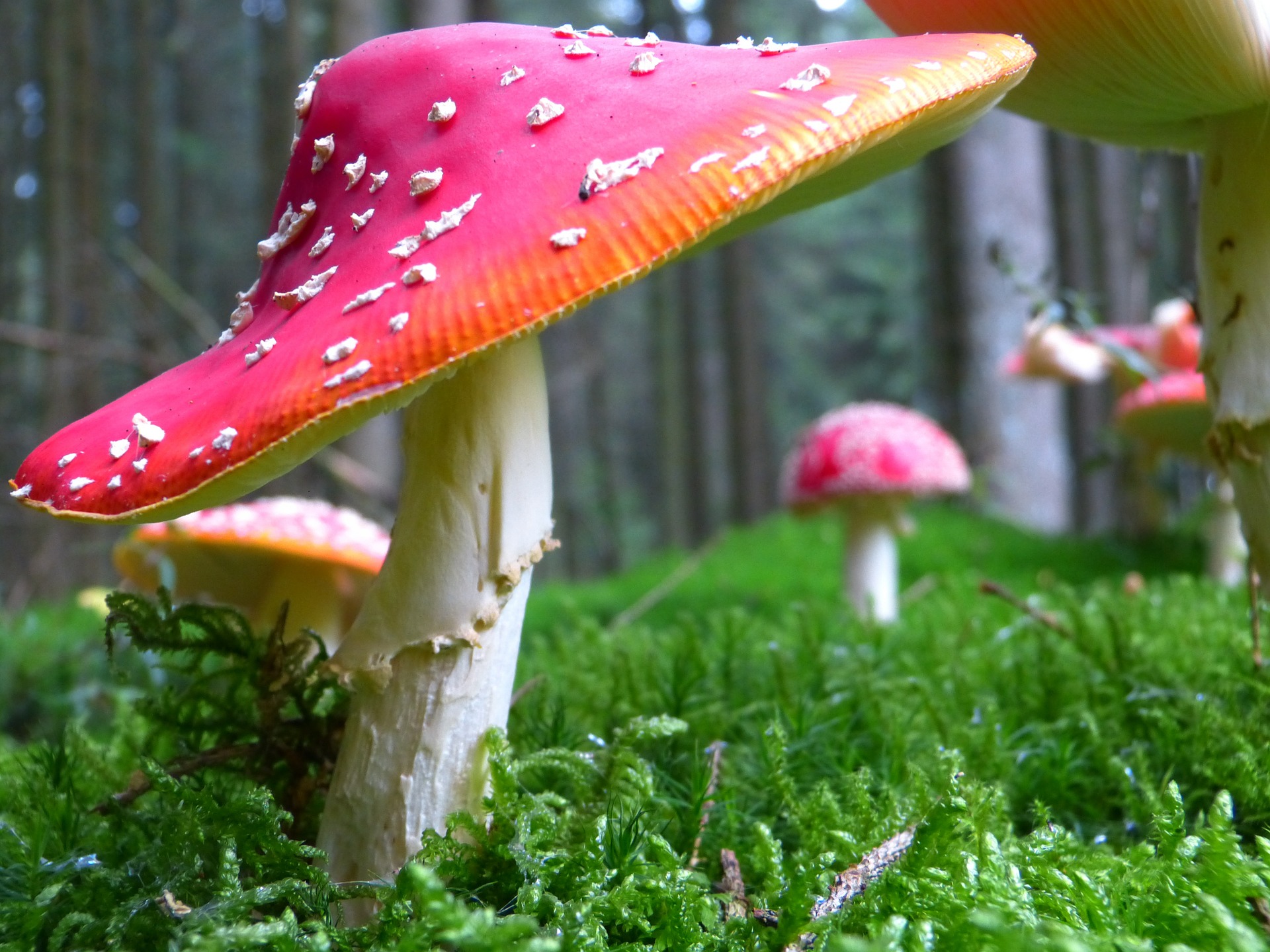
Life on the Forest Floor
You’ve probably already learned about the forest layers in science class, but I bet you didn’t pay much attention to the floor of the forest during your studies. All the cool plants and animals are up in the canopy, right? Not necessarily…

